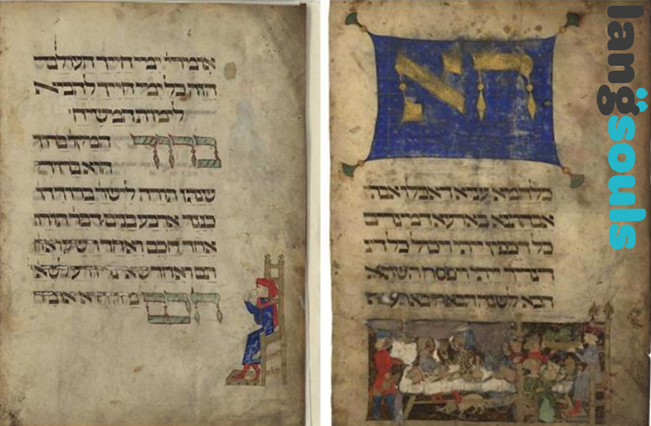Introduction: This is the fourth installment in a series of posts, which will examine the distinctive aspects of the top 50 commercial languages, meaning the most popular languages being translated today, most typically from English into the target language. This post will examine the German language.
German as a colonial language was more limited than that of other European powers such as Portuguese, English and French. The German colonial empire emerged as the overseas territories of the German Empire, which was established in the early 1870’s. During this period, Germany laid claim to a significant portion of the remaining uncolonized regions in Africa, rapidly establishing the world’s third-largest colonial empire after those of Britain and France. The German colonial empire encompassed various territories in Africa, including Burundi, Rwanda, Tanzania, Namibia, Cameroon, Gabon, Congo, Central African Republic, Chad, Nigeria, Togo, and Ghana. Additionally, it included parts of northeastern New Guinea, Samoa, and numerous islands in Micronesia. The Onset With the onset of World War I in 1914, Germany lost control of most of its colonial holdings, and following Germany’s defeat in World War I, the Treaty of Versailles led to the dissolution of the German colonial empire. Each colony was placed under the mandate of the League of Nations, overseen by one of the victorious powers.
World War II had a profound impact on various aspects of society, and the German language was no exception. The conflict led to significant changes in language distribution, particularly in regions that were previously outside of Germany but had substantial German-speaking populations. This post explores the effect of World War II on the German language, focusing on the displacement of German-speaking communities and the subsequent linguistic shifts that occurred.
Displacement of German-Speaking Communities
World War II resulted in the forced migration and displacement of millions of people, including German-speaking communities residing in areas outside of Germany. Several factors contributed to this displacement:
- Redrawing of Borders: The reshaping of national boundaries after the war often involved the incorporation of German-speaking territories into neighboring countries. These areas, such as the Sudetenland in Czechoslovakia or parts of Poland, saw a significant exodus of German-speaking citizens.
- Expulsions and Forced Resettlement: In the aftermath of the war, numerous ethnic Germans were expelled or forcibly relocated from their homes. These expulsions occurred primarily in Eastern European countries, such as Czechoslovakia, Poland, and the Baltic States. The displaced German-speaking communities faced immense challenges as they were uprooted from their ancestral lands.
Linguistic Shifts and Assimilation
The displacement of German-speaking communities had profound consequences for the German language itself, leading to linguistic shifts and assimilation:
- Language Suppression: In the aftermath of World War II, countries that had experienced German occupation or perceived German influence took steps to suppress the use of the German language. This suppression aimed to weaken German cultural influence and promote the dominant national language.
- Language Assimilation: Displaced German-speaking communities often faced pressure to assimilate into the language and culture of their new host countries. Many individuals, especially the younger generation, adopted the language of their new homeland, leading to a decline in German language proficiency within these communities.
- Language Loss and Endangered Dialects: The displacement and assimilation of German-speaking populations resulted in the loss of regional dialects and language varieties. As communities dispersed or integrated into new linguistic environments, distinct German dialects gradually faded away, further diminishing the linguistic diversity within the German-speaking world.
World War II had a significant and lasting impact on the German language, particularly in areas that were previously outside of Germany but had substantial German-speaking populations. The displacement of German-speaking communities and subsequent linguistic shifts resulted in the loss of linguistic diversity and regional dialects. The forced assimilation and language suppression policies implemented in various countries further contributed to the decline of German language usage in these regions. However, it is important to note that German remains a vibrant and widely spoken language today, with Germany, Austria, and Switzerland serving as its primary centers of usage.
In addition to the linguistic shifts discussed above, World War II also had a number of other impacts on the German language. For example, the war led to the introduction of new vocabulary related to military, political, and technological developments. Additionally, the war also had a significant impact on the German literary landscape, as many writers were forced to flee their homes or censor their work.
The impact of World War II on the German language is a complex and multifaceted topic. This post has only scratched the surface of the many ways in which the war affected the language. However, it is clear that the war had a profound and lasting impact on the German language, and its effects can still be felt today.





